After a long wait, the future of USB-C is finally decided. The European Parliament clearly decided that not only phones sold in the European Union must have this universal connector. The decision in the case of phones is valid from the end of 2024, which means only one thing for us - the transition of the iPhone to USB-C is literally around the corner. But the question is what will be the final impact of this change and what will actually change.
It could be interest you
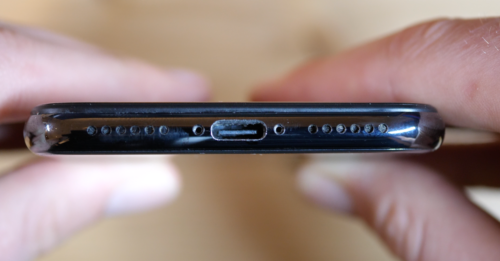
Ambitions to unify the power connector have been there for a number of years, during which EU institutions have taken steps towards legislative change. Although at the beginning people and experts were rather skeptical about the change, today they are more open to it and it can more or less clearly be said that they are simply counting on it. In this article, I will therefore shed light on what impact the change will actually have, what benefits the transition to USB-C will bring and what it actually means for Apple and the users themselves.
Unification of the connector on USB-C
As we mentioned above, ambitions to unify connectors have been there for several years. The so-called most suitable candidate is USB-C, which in recent years has taken on the role of the most universal port, which can easily handle not only power supply, but also fast data transfer. That is why the current decision of the European Parliament leaves most companies calm. They have already made this transition long ago and consider USB-C to be a long-term standard. The main problem comes only in the case of Apple. He constantly pampers his own Lightning and if he doesn't have to, he doesn't intend to replace it.
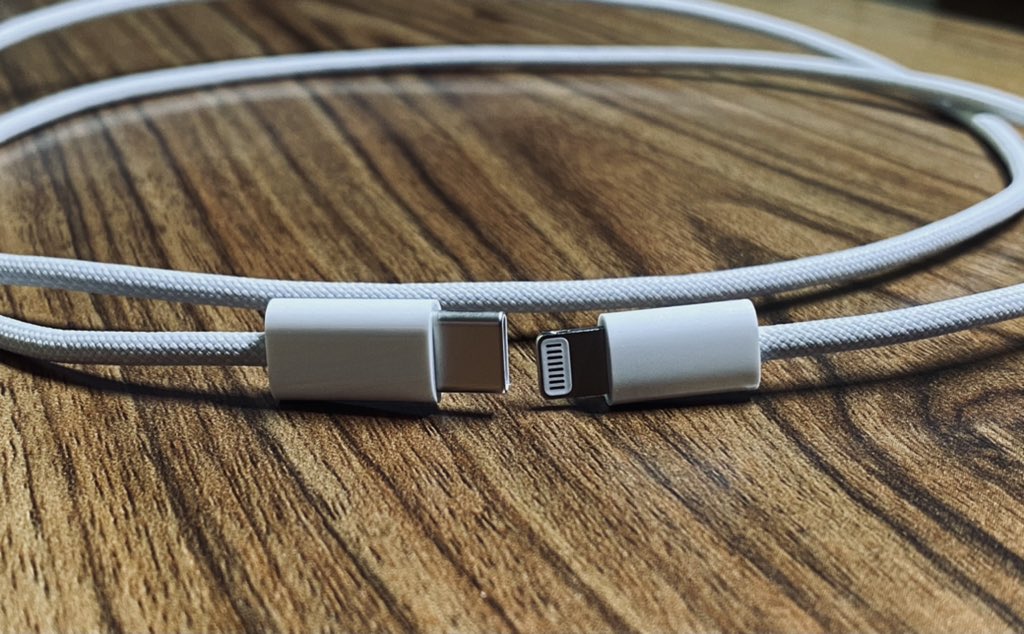
From the point of view of the EU, unifying the connector has one main goal – to reduce the amount of electronic waste. In this regard, problems arise in that each product can use a different charger, due to which the user himself must have several adapters and cables. On the other hand, when every device offers the same port, it can be said that you can easily get by with a single adapter and cable. After all, there is also a fundamental benefit for end consumers, or users of the given electronics. USB-C is simply the current king, thanks to which we need a single cable for power supply or data transfer. This issue can best be shown with an example. For example, if you travel and each of your devices uses a different connector, then you need to carry several cables with you unnecessarily. It is precisely these problems that the transition should completely eliminate and make them a thing of the past.
How the change will affect apple growers
It is also important to realize how the change will actually affect the apple growers themselves. We already mentioned above that for most of the world, the current decision to unify the connectors towards USB-C will not represent practically any change, as they have long relied on this port. This is especially important in the case of apple products. But you don't have to worry about switching to USB-C at all. For the end user, the change is practically minimal, and with a little exaggeration it can be said that only one connector is replaced with another. On the contrary, it will bring with it a number of benefits in the form of the ability to power, for example, both iPhone and Mac/iPad with one and the same cable. Significantly higher transmission speeds are also a frequent argument. However, it is necessary to approach this with a margin, since only a minority of users use a cable for data transfer. On the contrary, the use of cloud services clearly dominates.
On the other hand, durability speaks in favor of traditional Lightning. Today, it is no longer a secret that the Apple connector is significantly more durable in this regard and does not have as high a risk of damage as in the case of USB-C. On the other hand, this does not mean that USB-C is a high failure connector. Of course, there is no danger with proper handling. The problem lies in the female USB-C connector, specifically in the well-known "tab", which, when bent, makes the port unusable. However, as we have already mentioned, with proper and decent handling, you absolutely do not have to worry about these problems.
Why Apple is still holding on to Lightning
The question is also why Apple is holding on to its Lightning until now. This is actually not entirely true. For example, in the case of MacBooks, the giant switched to universal USB-C already in 2015 with the arrival of the 12″ MacBook and clearly demonstrated its main strength a year later, when the MacBook Pro (2016) was revealed, which only had USB-C/Thunderbolt 3 connectors. The same change came in the case of iPads. The redesigned iPad Pro (2018) was the first to arrive, followed by the iPad Air 4 (2020) and iPad mini (2021). For Apple tablets, only the basic iPad relies on Lightning. Specifically, these are products for which the transition to USB-C was literally inevitable. Apple needed to have the possibilities of a universal standard for these devices, which forced it to switch.
It could be interest you
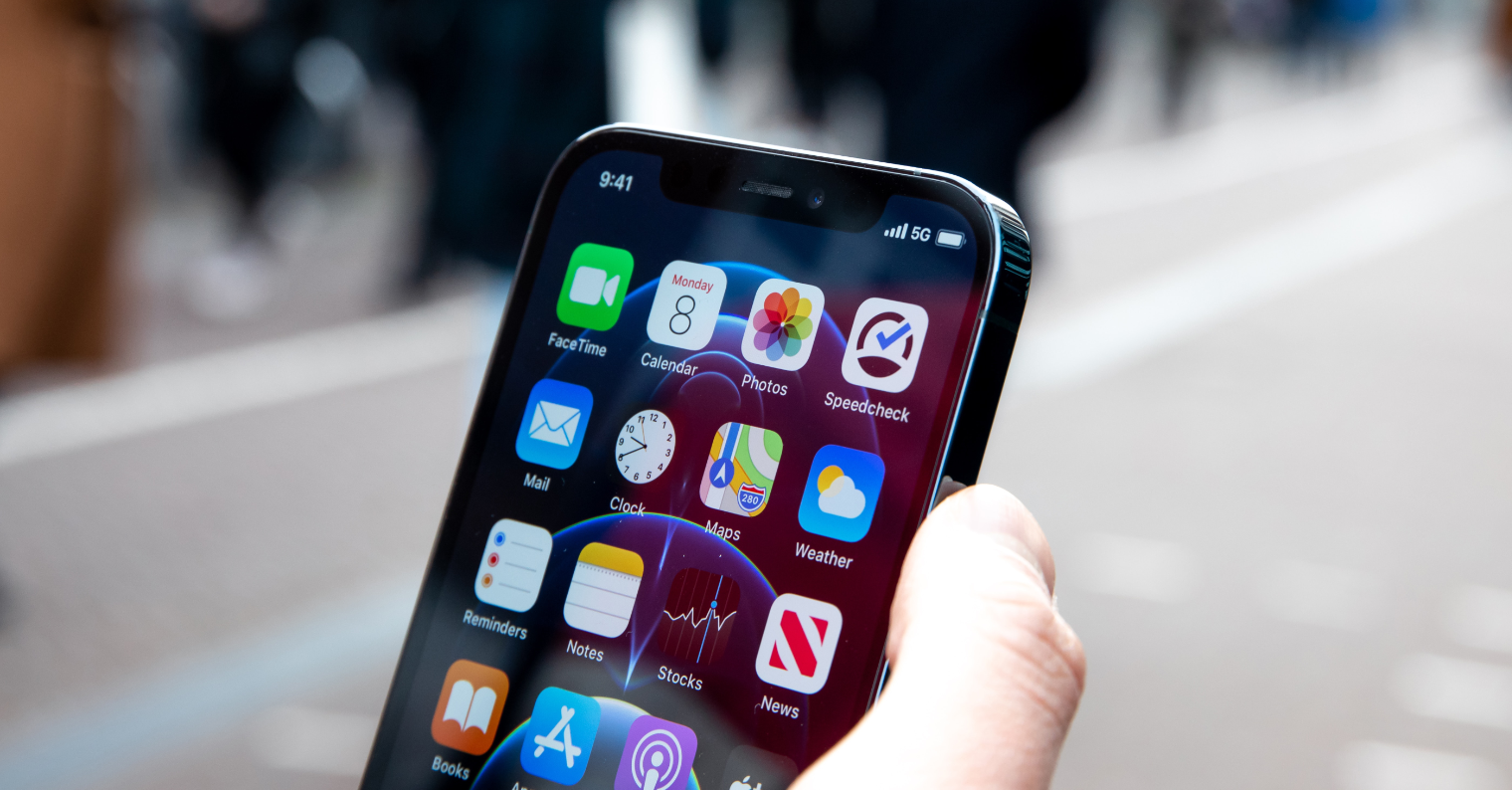
On the contrary, the basic models remain faithful to Lightning for a fairly simple reason. Although Lightning has been with us since 2012, specifically since the introduction of the iPhone 4, it is still a fully sufficient option suitable for phones or basic tablets. Of course, there are several reasons why Apple wants to continue using its own technology. In this case, he has practically everything under his own control, which puts him in a significantly stronger position. Undoubtedly, the biggest reason we should look for is money. As it is a technology directly from Apple, it also has the complete Lightning accessory market under its thumb. If by chance a third party wants to sell these accessories and have them officially certified as MFi (Made for iPhone), they have to pay fees to Apple. Well, since there is no other alternative, the giant naturally profits from it.
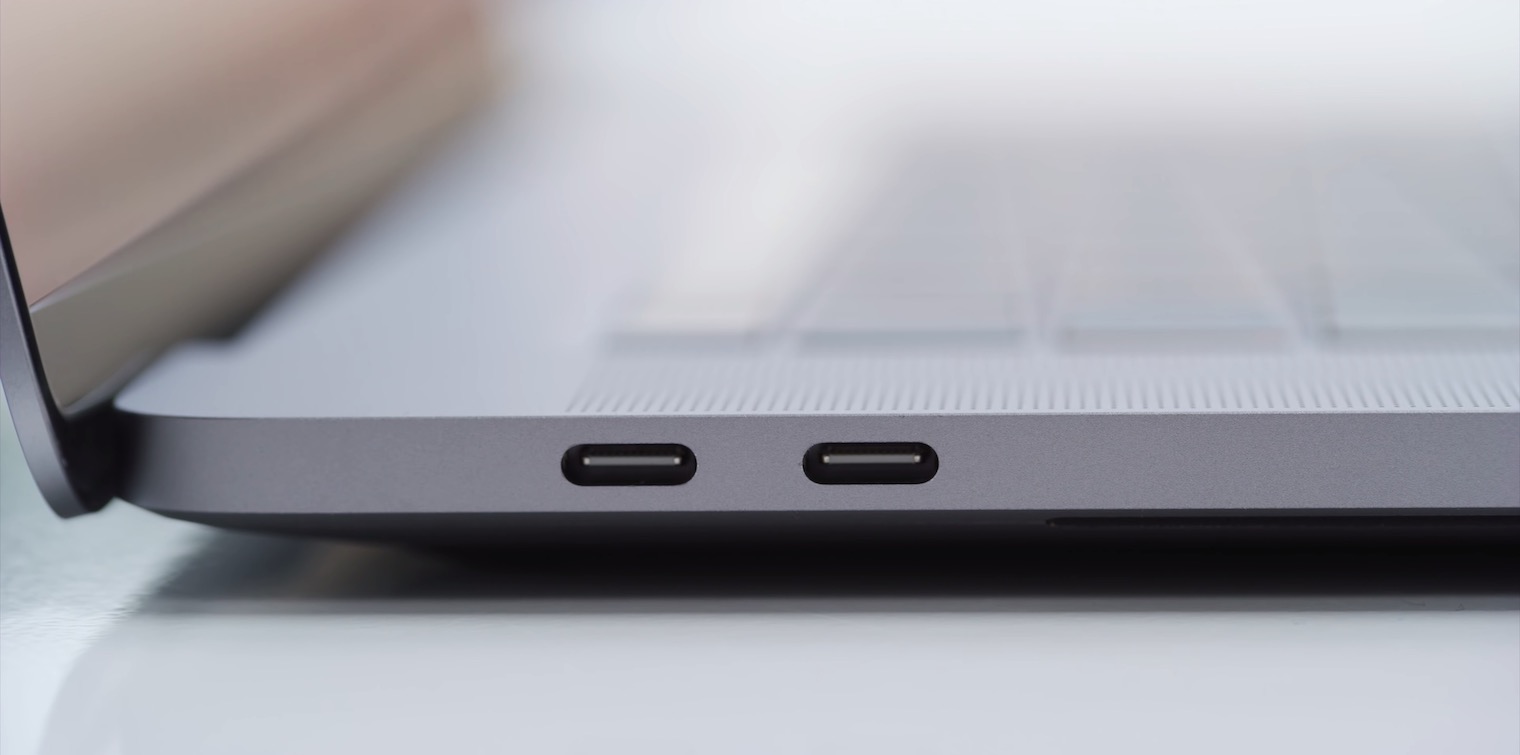
When will the merger take effect?
Finally, let's shed some light on when the EU's decision to unify connectors towards USB-C will actually apply. By the end of 2024, all phones, tablets and cameras must have a single USB-C connector, and in the case of laptops from the spring of 2026. However, as we mentioned above, Apple does not have to make any changes in this regard. MacBooks have had this port for several years. The question is also when the iPhone as such will react to this change. According to the latest speculations, Apple plans to make the change as soon as possible, specifically with the next generation iPhone 15, which should come with USB-C instead of Lightning.
It could be interest you
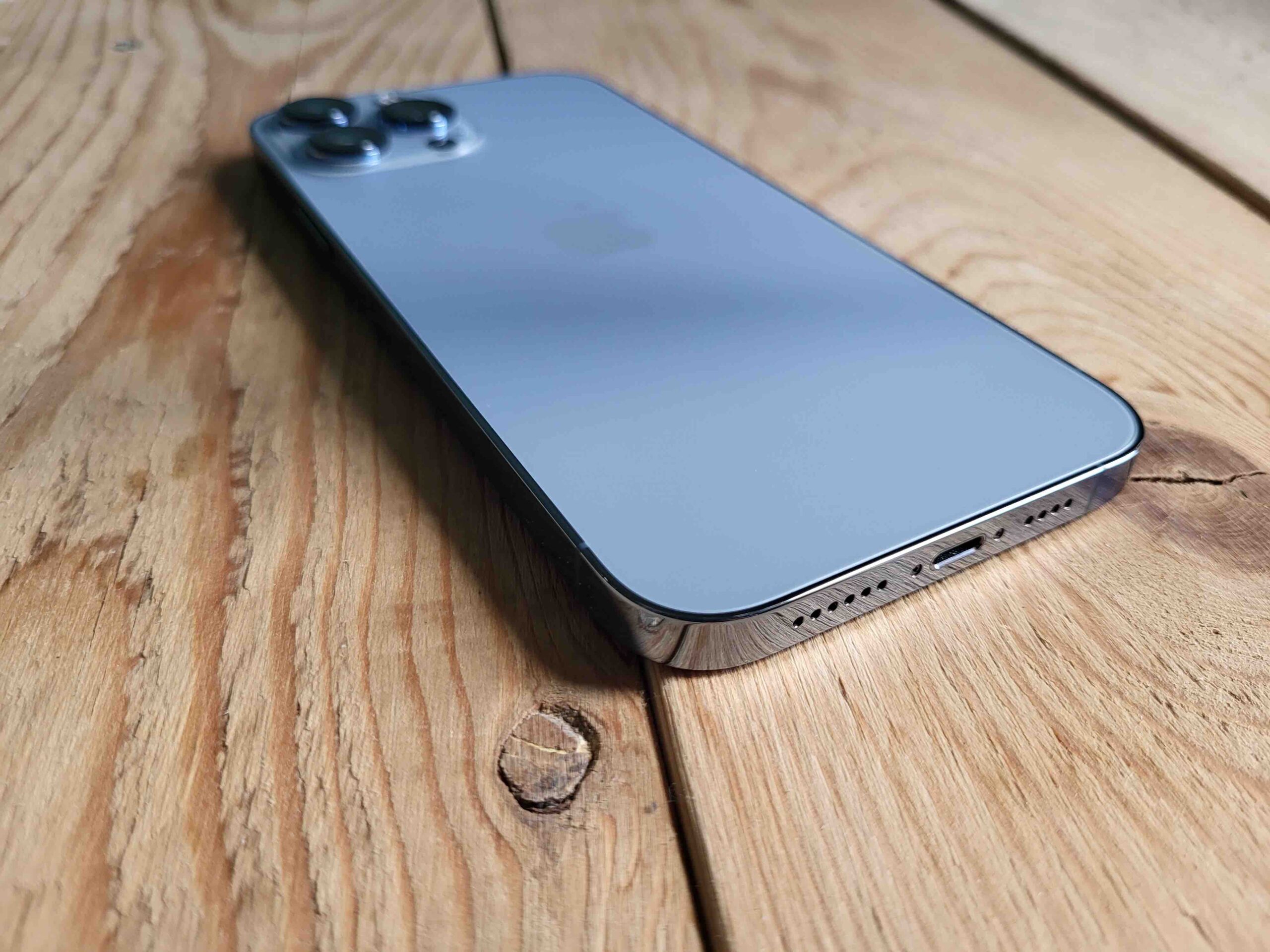
Although the majority of users have more or less come to terms with the decision in recent years, you will still come across a number of critics who say that this is not exactly an appropriate change. According to them, this is a strong interference in the freedom of business of every entity, which is literally forced to use one and the same technology. In addition, as Apple has mentioned several times, a similar legislative change threatens future development. However, the benefits stemming from a uniform standard are, on the other hand, unquestionable. It is therefore not surprising that practically the same legislative change is being considered, for example, in Spojených Statech whether Brazil.
 Flying around the world with Apple
Flying around the world with Apple 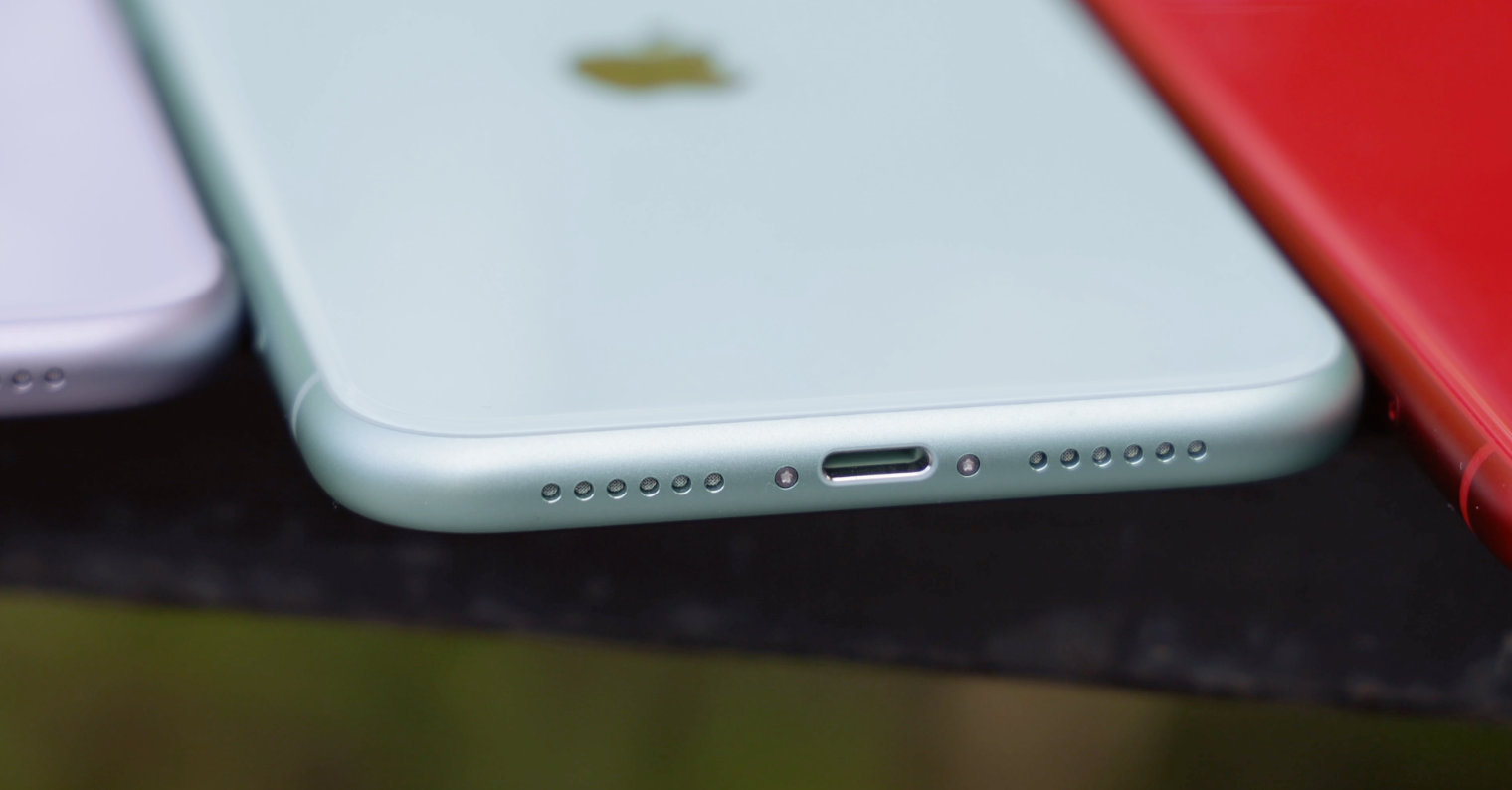
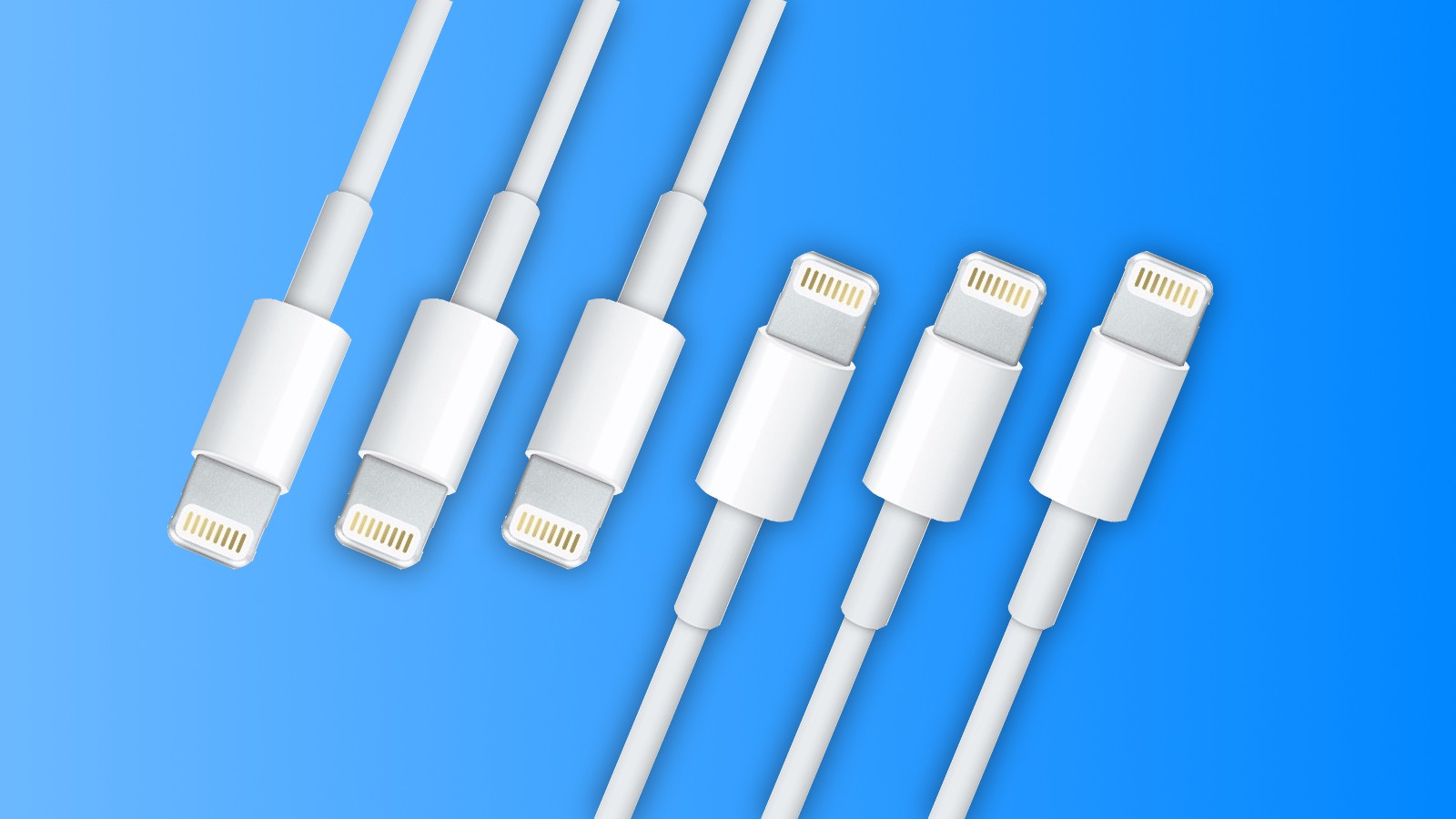
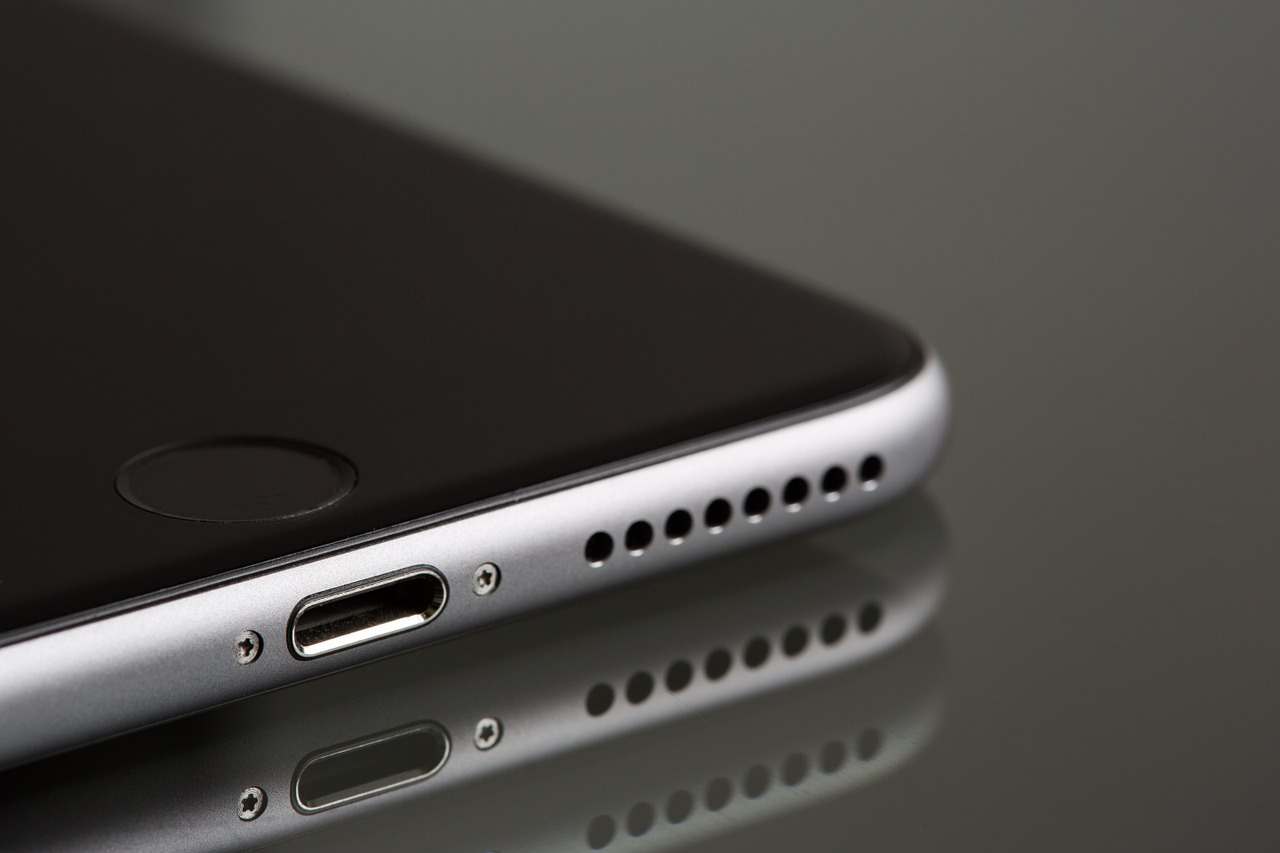
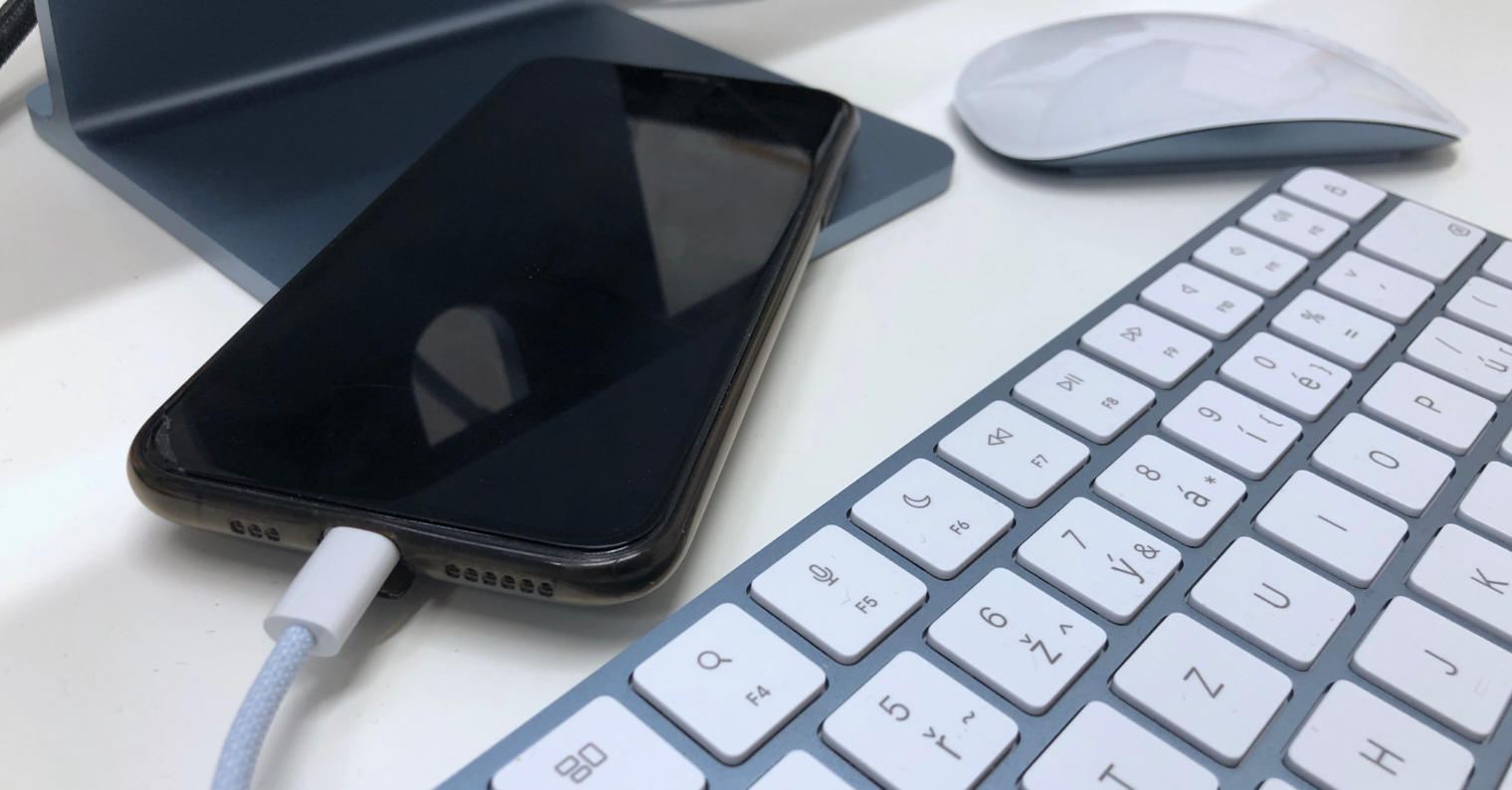
 Adam Kos
Adam Kos
Did the author of the article see the decision of the European Parliament? And does he understand him a little better than the parsley goat? That decision does not force anyone to have a USB-C connector in their mobile phones. It is necessary not to confuse the term and diarrhea. 😉
iPhone 4?
Before, the iPhone 4 and iPhone 4s still had the old 30-pin connector
You mean iPhone 5 right?